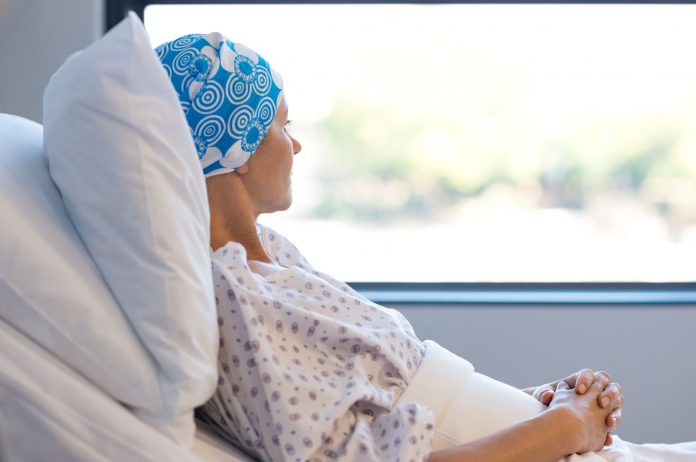Earlier this month, a patient with terminal brain cancer gained access to a potentially life-saving experimental treatment. Suffering from glioblastoma, considered to be “the most aggressive and malignant type of brain cancer,” the patient faces little hope of survival with conventional treatment methods.
Fortunately, the patient was able to access a new and promising treatment option named Gliovac. Gliovac helps patients fight cancer by providing a vaccine-like treatment which helps their immune system attack, and even eliminate, tumors or cancerous cells.
However, Gilovac is currently unapproved by the Food and Drug Administration. The patient’s family persevered, contacting Gilovac’s drug provider Enhanced Recovery Company who, with the assistance of the University of California, Irvine, was able to administer treatment through national right-to-try legislation.
Signed into law in May, national right-to-try legislation allows patients with terminal illnesses to access experimental treatments with only the permission of their physicians and the drug provider. The law cuts the Food and Drug Administration out of the process. In doing so, right-to-try provides patients access to potentially life-saving treatment with less regulatory obstacles. A statement released to Cancer Updates, Research, and Education, by the University of California, Irvine notes, “It was believed that (Right to Try) offered a more expedited path to treatment, which UCI (University of California, Irvine) began after meeting regulatory and compliance requirements of state and federal Right to Try laws.”
Remarkably, this is the first time national right-to-try laws have been used to access experimental treatments. Yet it is difficult to imagine a better representation of what right-to-try represents.
The patient is being given a chance to prolong their life when other options to try experimental medication failed. Before utilizing right-to-try laws, the patient was unable to enlist in an ongoing clinical study due to their health.
Clinical trials often will not include terminally ill patients to avoid skewing statistical results. As Daniela Bota, medical director of the UCI Health Comprehensive Brain Tumor Program, explains, “The Right to Try laws may be the only alternative for many patients who may not qualify for clinical trials based on a variety of factors, including progression of disease, comorbidities, existing medications, physical limitations, and others.”
Perhaps more importantly, the patient was not the victim of the sluggish FDA approval process. Gilovac is currently in the second phase of the FDA’s approval, yet to enter the more time-consuming later phases. With more than 23,000 adults developing cancerous tumors in the brain or spinal cord each year, right-to-try provides hope for many in dire situations.
When treatments are unavailable, and prognoses are fatal, the best chance to prolong life is to consider all remaining options. National right-to-try laws recognize this and provide more options for terminally ill patients.
Now that one patient has used the process, more are likely to follow. Let’s hope for the best.
